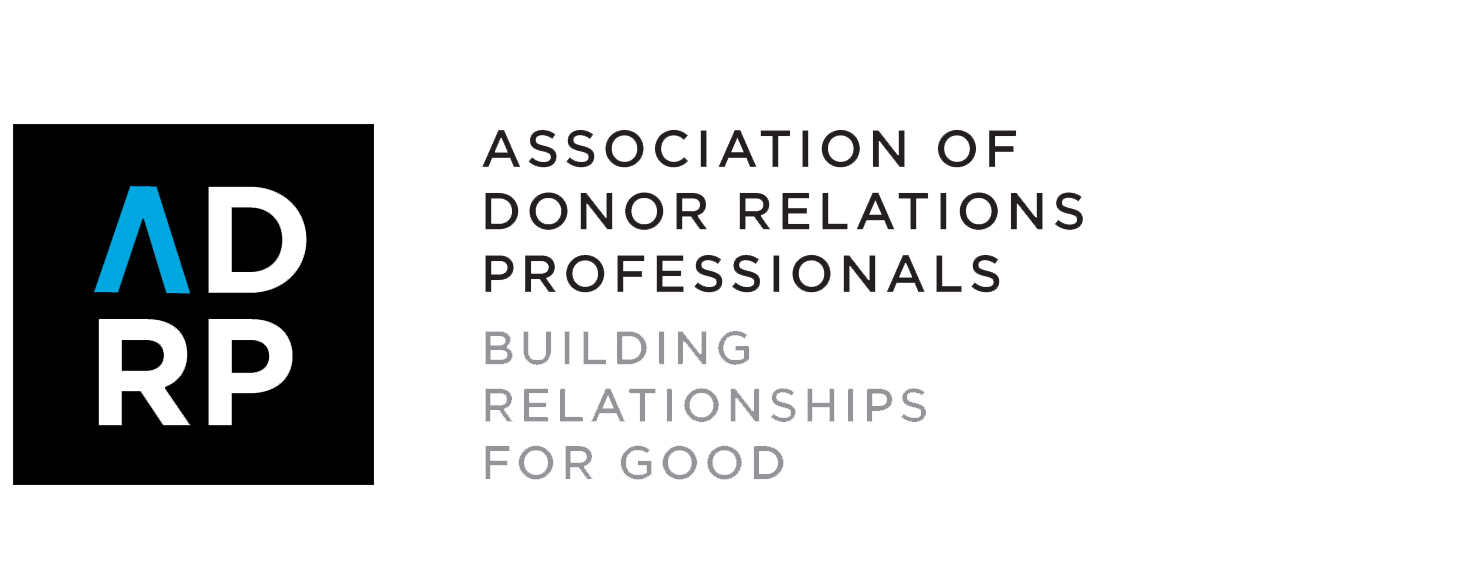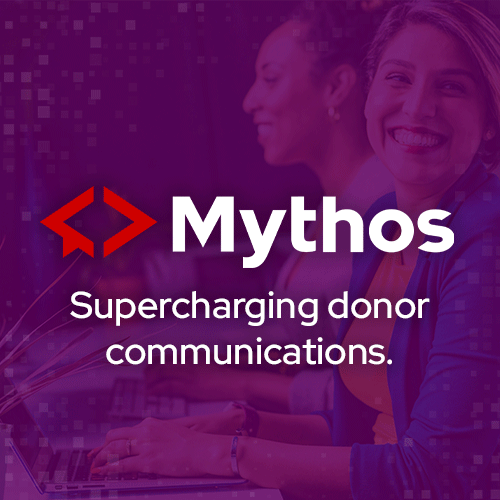- About
- Membership
- Resources
- Partner
- Events
- Awards & Scholarships

Women’s PhilanthropyThis spring I had the privilege of attending the Women’s Philanthropy Institute’s DREAM.DARE.DO. Symposium on Women, Philanthropy, and Civil Society. As a “seasoned” professional, I’ve had the good fortune of attending many conferences and learning from countless experts over the years. But this conference was exceptional. The content, while practical and applicable in more ways than I have room to mention here, was also much bigger and broader than your typical hands-on and how-to information. The format involved multiple panels and a fast-paced atmosphere. At times, it was like drinking from the water hose. For me, this was the first time in a long time that I’ve attended a conference outside of my proverbial box. It reminded me of the first ADRP International Conference I attended in 2010 in San Francisco when I was inundated with a network of like-minded professionals, knowledge and inspiration. Before I became involved in the women’s philanthropy program at Oklahoma State University, I was acutely aware of the male dominated presence in leadership roles and on our university boards. In 1982, our female to male student ratio at OSU was 42:58 but our trustees didn’t include one female. I presume this was the case for many institutions at that time. Fast forward to 2007 and 2015. In 2007, we had three females on our Board of Trustees. In 2015, we had five. We’re moving in the right direction, albeit a slow process. I attribute much of the growth in female representation on our board to a diverse group of visionary women who share a passion for inspiring leadership and financial support to OSU. Collectively, these women are known as Women for OSU (WOSU). As a female graduate of OSU, you can imagine my excitement when I was asked to provide administrative leadership to WOSU and to strategically support these visionaries. Thanks to professional development opportunities like WPI’s DREAM.DARE.DO. and incredible mentors, I’m learning how to continue building an organizational culture of women’s giving. Does gender matter when engaging women and men? Are your donor strategies tailored to include women and families? Do you meet with both husband/wife/partner when seeking gifts from couples? Do you believe women are credible sources and make transformational gifts? These are all questions we should ask when evaluating the culture of women’s giving at our institutions. While not the answer for every organization, a female philanthropy program can make a significant impact for some. Of the five trustees in 2015, three were (and still are) Women for OSU Council members. Of the three female trustees in 2007, one was a WOSU Council member and one was recently recognized by WOSU as their 2016 Philanthropist of the Year. Clearly, the WOSU trailblazers recognized a problem and turned it into an opportunity. They understood the meaning of “that which is not done WITH us, is done TO us,” and took action. A problem can be an opportunity if you know about it before it lands on your doorstep. A speaker at the WPI Symposia summed this up perfectly using three distinct steps. To face the future, you must first STOP loving the problem. Know the scope, but don’t stop there. Ask yourself, what would the world look like if your problem was solved? Second, LOOK for current signals. Set aside five percent of your time for research and development. Remember, “today is giving you clues about tomorrow.” – David Burrus. And thirdly, GO try it out. What actions would it take to get to your preferred future? Our inaugural WOSU Council understood these things. They found similarities and commonalities between them, and they used these values as their base. Their focus was on the power of partnerships and unity. They further understood that while collaboration may take more time, the outcome would be more sustainable and that transformation would happen at the speed of trust. This past Thursday, at a coffee shop in Dallas, Texas, I enjoyed a cup of joe with two Oklahoma State alumnae while visiting about women’s philanthropy. Together we explored opportunities to collaborate and focus on the collective impact women philanthropists and leaders have had, and can continue to have at our institution. Those who came before us paved the way, and as long as OSU continues to have female graduates, there will be work to do. It will forever be our responsibility to stay current on the trends in women’s philanthropy and to provide opportunities for women to give and be engaged according to their unique preferences. Today, women view philanthropy not so much as “giving” as they do “investing” – investing in change, investing in the future, and investing in causes that are personally meaningful. For WOSU, the collective focus and attention is not on any one donor but how as a Council, together, they can impact Oklahoma State. Regardless of whether your organization has a formal program, it’s important to reinforce or establish a culture that recognizes and values women’s philanthropy. I hope you will not miss the opportunity to be a trailblazer in your organization and to show that women’s giving has high value. Michal Shaw  Back to the August 2017 Hub Back to the August 2017 Hub |

